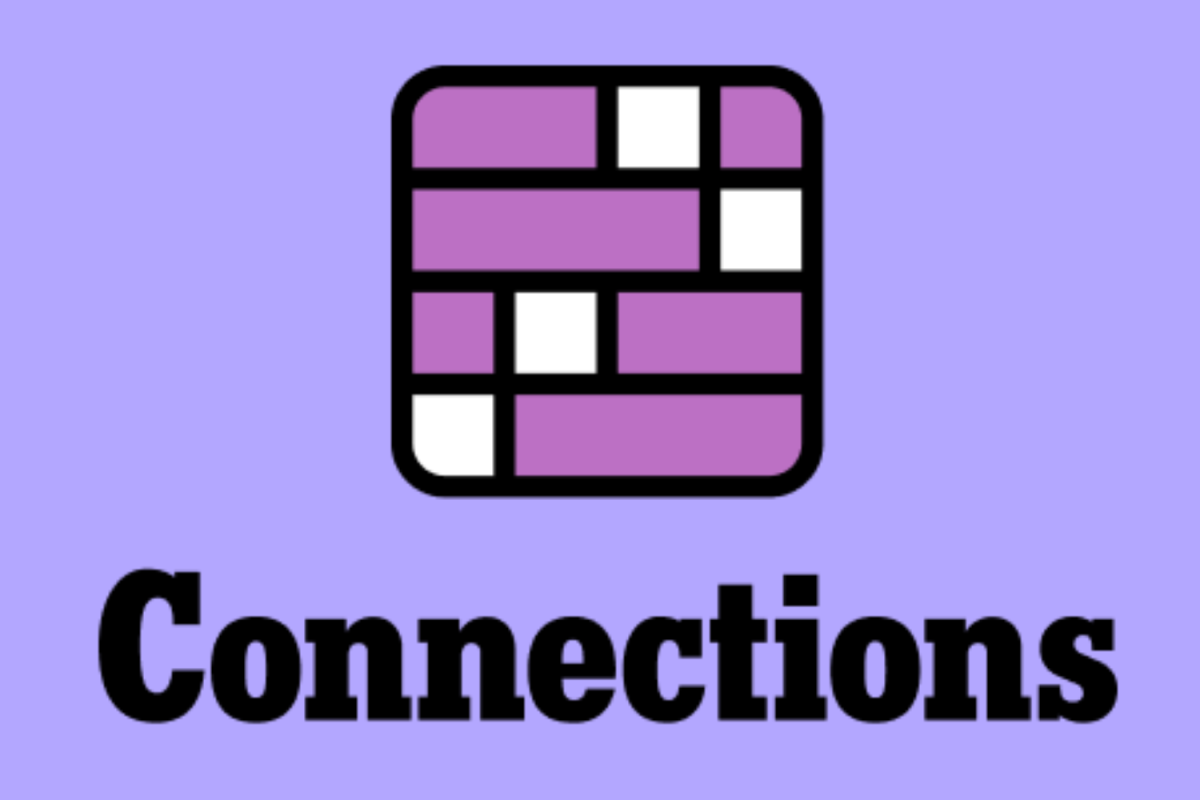What Are NYT Hints?
NYT hints are specific clues associated with the New York Times (NYT) Crossword puzzles, designed to guide solvers towards the answers while preserving the challenge that puzzles are known for. Originating from the NYT’s long-standing tradition of producing crosswords since 1942, these hints serve a dual purpose: they offer essential guidance while encouraging critical thinking and problem-solving skills. The hints often reflect the wit and creativity characteristic of the crossword phenomenon.
The hints presented in the NYT puzzles can come in various forms. Some hints may be straightforward, providing direct clues that lead to the answer. Others, however, may require solvers to think more abstractly, utilizing wordplay, puns, or cultural references, which can sometimes complicate the solving process. This complexity is intentional, as it elevates the overall experience, making each puzzle not just a test of vocabulary and trivia, but also a mental exercise that engages the solver’s analytical capabilities.
Different types of NYT hints include cryptic hints, where the wording is constructed in a way that requires lateral thinking, as well as thematic hints that may relate to a particular concept or series of clues found in a specific puzzle. Additionally, some hints might utilize synonyms or phrases that have multiple meanings, further deepening the level of engagement required from the solver. Through this diverse array of hints, the NYT puzzle aims to strike a balance between accessibility for novice solvers and the rewarding complexity appreciated by seasoned crossword enthusiasts. Overall, the incorporation of NYT hints not only aids in navigating the puzzles but also enriches the entire crossword-solving journey.
How to Use NYT Hints Effectively
Utilizing NYT hints in crossword puzzles can significantly enhance the problem-solving experience, provided it is done thoughtfully. To start, it is essential to discern when to rely on hints. Often, novice solvers feel overwhelmed when faced with challenging clues, which can lead to frustration. At this juncture, employing hints can serve as a valuable tool to maintain motivation and progression through the puzzle. However, it’s advisable to use hints sparingly. If a puzzle becomes particularly daunting, consider using a hint to unlock a single letter or word. This can offer a nudge in the right direction while still allowing for independent problem-solving.
Interpreting NYT hints correctly is crucial for effective use. Hints are designed to guide without revealing the entire solution. Therefore, it is vital to consider the context of the clue and the possible associations it might evoke. For instance, if you encounter a clue referencing a ‘feline,’ the potential answers could range from ‘cat’ to more creative interpretations. Carefully analyzing the hint and cross-referencing with intersecting answers can provide a clearer path to solving the puzzle.
Balance is key when navigating the fine line between solving independently and seeking assistance from hints. Frequent reliance on hints can hinder the development of your puzzle-solving skills. Strive to solve the initial clues without help, and only reach for NYT hints as a last resort. To exemplify this approach, consider a situation where you’re stuck on a clue for ‘a common vegetable.’ If you already have letters that suggest an answer like ‘carrot,’ use the hint to confirm or explore different possible answers. This method ensures that hints enhance your experience rather than diminish your confidence. Striking the right balance will lead to greater satisfaction and skill in your crossword pursuits.
The Pros and Cons of Utilizing NYT Hints

Using hints from the New York Times (NYT) crossword puzzles can serve as a double-edged sword for avid solvers. On one hand, these hints can significantly reduce frustration, especially for those who may find certain clues particularly challenging. Many solvers, including beginners, appreciate the opportunity to receive guidance that allows them to progress through the puzzles without feeling defeated. For instance, one solver shared their experience: “I used to spend hours on just a few squares, but now with NYT hints, I find myself more engaged and willing to tackle tougher puzzles.” Such encouragement often breeds confidence and boosts motivation to return to the game.
Furthermore, using hints can enhance learning. By uncovering answers through hints, solvers often expand their vocabulary and understanding of general knowledge. They may encounter words or facts they aren’t familiar with, prompting further exploration. A testimonial from a seasoned solver noted, “I discovered so many new words by using hints. It’s like an educational bonus while enjoying my puzzle time.” In this way, hints can empower solvers to develop their skills, making them more proficient over time.
Conversely, there are drawbacks to consider when relying on NYT hints. One significant concern is dependency. Some solvers may become reliant on hints, leading to a diminished sense of accomplishment when completing puzzles unaided. The thrill of solving a crossword independently is often lost, as highlighted by a solver who reflected, “When I solve without hints, the satisfaction is unmatched. But sometimes, I can’t resist the urge to peek at the hints.” This balance is crucial to maintaining the enjoyment while not overly relying on aids.
In conclusion, the decision to use NYT hints hinges upon personal preferences. They can facilitate learning and enhance engagement but may also foster dependency and lessen overall satisfaction. It is, therefore, essential for solvers to weigh these pros and cons carefully as they navigate through the intricate world of crosswords.
Community Tips and Resources for NYT Hints
For crossword enthusiasts seeking to enhance their experience with NYT hints, community-driven resources and tips play an essential role. Engaging with fellow solvers not only enriches your puzzle-solving skills but also fosters a sense of camaraderie within this age-old pastime. One of the most beneficial platforms for sharing insights and discussing strategies is online forums. Websites such as Reddit offer dedicated subreddits where users can post hints, clarifications, and general tips related to the New York Times Crossword. Simply searching for “NYT crossword” on the Reddit platform will present a multitude of threads filled with valuable information.
In addition to forums, there are numerous apps designed specifically for crossword enthusiasts. Applications like Crossword Solver and NYT Crossword app allow users to enter clues they are struggling with. Many of these tools can provide possible answers, similar to the way NYT hints function. However, it is essential to use these apps judiciously to ensure they enhance creativity and critical thinking instead of eliminating the challenge.
Social media platforms also host vibrant communities of puzzle solvers. Facebook groups dedicated to the NYT Crossword have become increasingly popular. In these groups, members frequently post hints and strategies while fostering discussions about the latest puzzles. Moreover, following seasoned crossword constructors and enthusiasts on Twitter or Instagram can provide insights and techniques that can be invaluable in solving challenging clues.
Feedback from experienced solvers underlines the importance of collaboration. Many recommend attempting a puzzle with a partner, enabling dialogue that can lead to creative problem-solving approaches. By utilizing these community resources, solvers not only improve their skills but also deepen their appreciation for the art of crossword puzzles, making the experience with NYT hints even more enjoyable.

